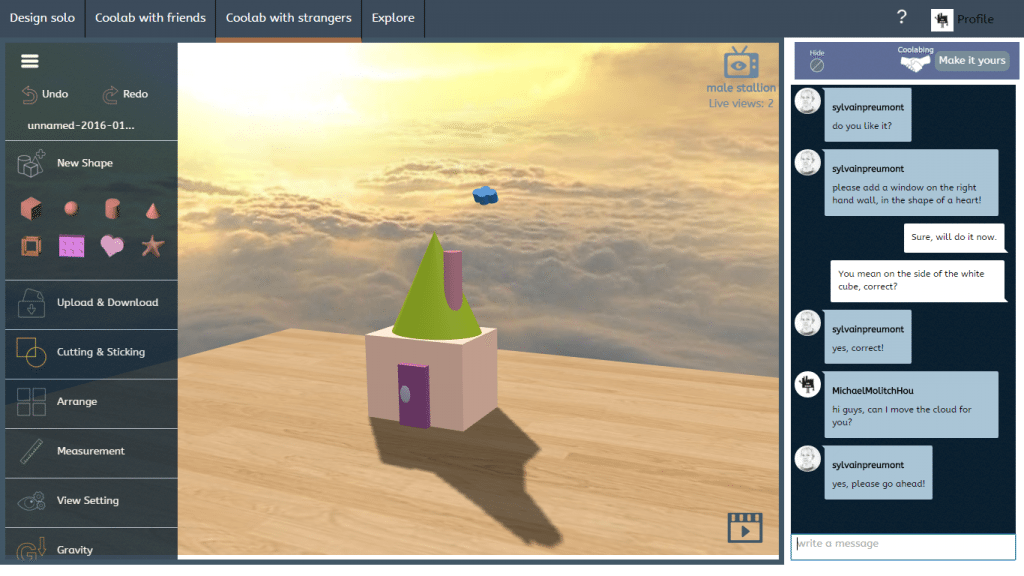A senior research scientist at Autodesk has called for open source hardware and better collaboration software in 3D printing.
In a keynote speech at DigiFabCon, Andreas Bastian revealed his dream of an open future, where we can work on designs together. He wants a world where different systems play nicely together and we can share our work around the world. He has a vision for a Cloud-based system that can bring the design world together and move forward.
That’s something of a surprise, considering who signs his pay check. It shows just how far we’ve come in the bid for a truly open source work environment if one of the biggest suppliers of paid software wants to open the floodgates. When people start talking like this, it’s a question of when, not if, it happens.
Open source is not an Autodesk tradition
Autodesk are one of the world leaders in Computer Aided Design and have made an entire business out of closed software. You have to pay to play, it’s really that simple. So it’s a big deal that a senior figure at the company is calling for open source designs and files that anybody can work on. That’s one of the major issues facing the 3D design world, according to Bastian, and he’s keen to find a solution.
“The thing holding the whole open source hardware movement back is the deep, systemic incompatibilities when it comes to sharing a 3D design,” he said.
STL was an attempt at a universal file format, but it just didn’t work out. The file is technically very simple, but it can corrupt and it doesn’t work across the board. Moving designs between different platforms isn’t just a challenge, it is often a non-starter.
Basic solutions to high-tech problems
So in this advanced age of 3D design, we’re reduced to sketching ideas, holding designs in front of webcams and then recreating them from scratch in a second programme. 2D designers would shake their head in disbelief.
“We put men on the moon 45 years ago, and this is how we’re sharing 3D designs,” said Bastian.
He audited one open source project to create a prosthetic hand, the Raptor Reloaded. He found 250 emails, six Google Docs, between 10-15 video hangouts, drafts in Blender, Rhino and Fusion and 400 man hours. This is simply absurd for such high-tech subject matter.
Tools and resources to teach open source software, as well as thousands of successful precedents have been developed over the decades to provide a road map for open software. The likes of Github have evolved to help the programmers involved, too. It was a painful journey and we’re right back at the start with 3D design.
It’s even more complex in three dimensions
Even with the will to create true open source hardware, he believes there are going to be added complications and open source hardware simply doesn’t have the track record. “It’s really difficult to name even three wildly successful open source hardware projects,” Bastian explained.
Different geometry kernels and metadata will give us problems and there are real incompatible paradigms for describing 3D geometry. But the tools are coming. We have platforms like GrabCAD Workbench and Wevolver. They are sewing the seeds of a collaborative workspace. One thing is still missing, though, that’s the universal, open source file and a real open source platform.
It’s coming. MyMiniFactory’s WeDesign.Live is the online tool that designers around the world have been waiting for and the missing link in Bastian’s dream for an open source future. It’s a collaborative platform where numerous contributors can work on a project in real time and save it like a Google Doc. The open source software features an integrated slicer, too, so the finished piece can go straight to the 3D printer.
The system addresses every point Bastian raised and it’s just around the corner. These are interesting times in the 3D printing world.
Andreas Bastian DigiFabCon Keynote from FabLab Hub on Vimeo.



